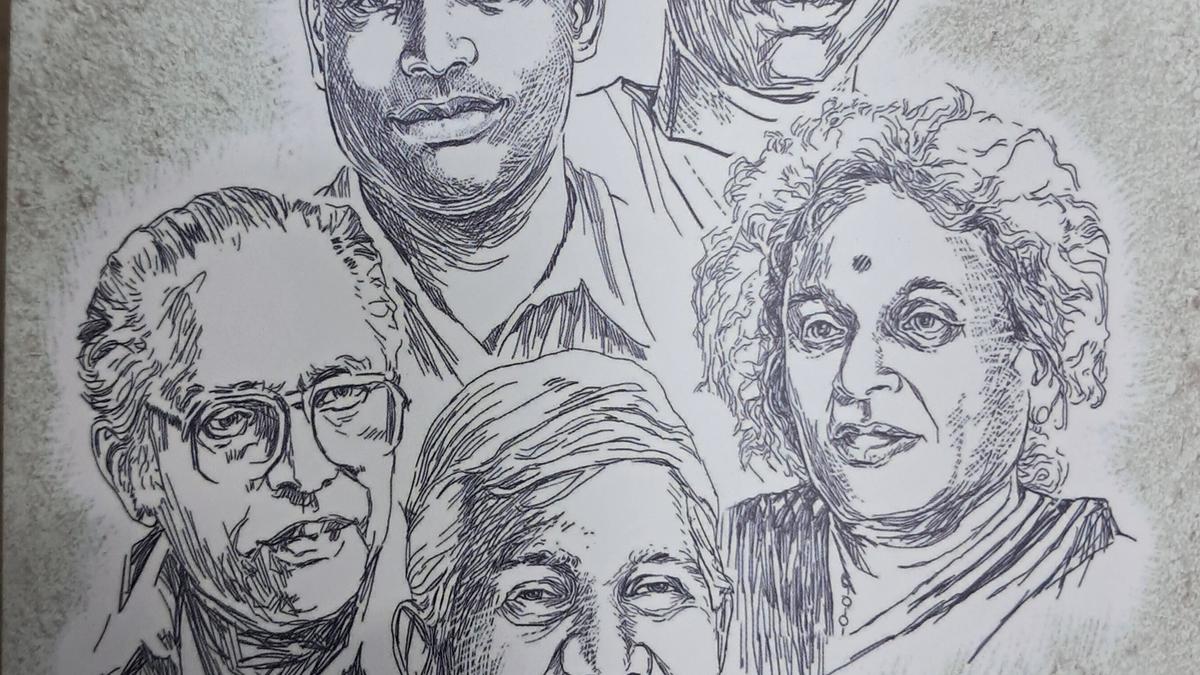
100 short stories of the 20th century offer a glimpse of their evolution in Tamil
The Hindu
Explore 100 short stories of 20th century compiled & edited by V. Arasu, former head of Tamil Department, University of Madras. Priced at ₹300, the collection covers Pudumaipithan to C.S. Chellappa & includes brief notes about all the writers.
Encouraged by the success of their earlier publications - short stories of Pudumaipitham and Kandharvan and Thai (Mother), a novel of Maxim Gorky - ‘Seer Vasagar Vattam’, has come out with a collection of 100 short stories of the 20th century.
The collection, beginning with Pudumaipithan and covering short stories in the last 70 years, has been compiled and edited by V. Arasu, former head of Tamil Department, University of Madras.
“The project is possible because of donations from well-wishers. The objective is to ensure that good literary works are available at an affordable price to a reader,” said Dr Arasu, who also edited the complete short story collections of Pudumaipithan priced at ₹100. The collection achieved a sale of 27,000 copies.
The short story collection released on Sunday runs over 1,000 pages and the first edition has been priced at ₹300 and will be increased to ₹500 in subsequent editions. It also carries a brief note about all the 100 writers.
“The stories considered as best by the authors themselves, their friends, reviews in media and my personal reading are the factors behind the selection of these stories. The collection will help understand the multiple dimensions of the short stories in the 20th century,” Mr Arasu explained.
He rejected the argument that short stories in Tamil dated back to the 19th century itself and argued that the works of Bharathiyar, A. Madhavaiah and VVS Aiyar would not fit into the description of modern short stories. “The writer who penned the first modern short story with its complete form in Tamil is Pudumaipithan. The history of short stories in Tamil should begin with him,” he said.
The form of short stories took shape between 1930 and 1950 and it covered the period of 20 writers - Pudumaipithan to C.S. Chellappa. The printing technology paved the way for publication of their works and most of these writers also ran their own magazines. “They belonged to a socially privileged section and had the opportunity to read English literary works,” he said.













